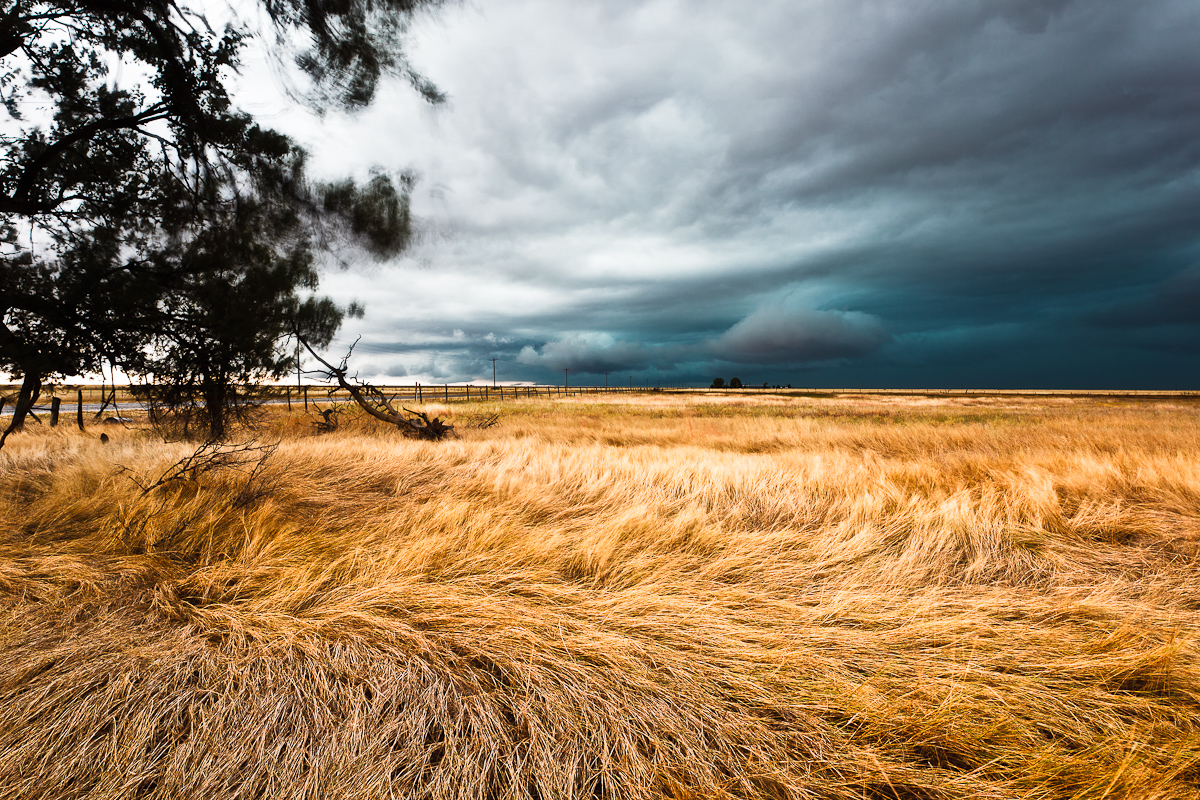 Pakistan has swung between 17 and -12 degree Celsius as winter descends on it with full might. While the mountainous regions are getting record snowfall, life has frozen in the floodplains where the westerly cold winds dominate the warmer ones bringing down the visibility to the zero level. Another extreme situation related with the climate change Pakistan has undergone was the flash floods of the 2010.
Pakistan has swung between 17 and -12 degree Celsius as winter descends on it with full might. While the mountainous regions are getting record snowfall, life has frozen in the floodplains where the westerly cold winds dominate the warmer ones bringing down the visibility to the zero level. Another extreme situation related with the climate change Pakistan has undergone was the flash floods of the 2010.
The pace with which the climate is changing in Pakistan, many a scenarios can be sketched easily. As the country is expected to swing between floods and droughts, the weak and fragile urban structure is going to become under huge stress in the coming years. The people displaced due to the ‘atrocities’ of nature would certainly head to the places where they could find food, clothes, medicines and employment..
“A new study combining the latest archaeological evidence with state-of-the-art geosciences technologies provides evidence that climate change was a key ingredient in the collapse of the great Indus or Harappan Civilization almost 4000 years ago,” said a press release of the Woods Hole Oceanographic Institution, which had funded a geological study on Pakistan along with the National Science Foundation, the Leverhulme Trust, the University of Aberdeen, and Louisiana State University, on May 28, 2012.
The Indus Valley civilization started developing by 3200 BC and it was highly dependent on agriculture and had cities with highly-developed drains, granaries and weight and measuring and transportation systems. The people had sea links with Mesopotamia and Egypt and a fully developed language that is yet to be deciphered. Nothing is known about the governance system of the civilization as there has been found no particular building structures for kings.
Geologists had held the view for long that some tectonic activity changed the courses of the seasonal rivers flowing through the region. Agriculture gone, the cities were deserted.
The recent study, however, claims that the Indus Valley civilization had collapsed long before the Aryans came and that Saraswati River, if it ever existed, had no relevance with the Indus Valley.
“Our research provides one of clearest examples of climate change leading to the collapse of an entire civilization,” Liviu Giosan, the member of the Woods Hole Oceanographic Institution team visiting Pakistan between 2003 and 2008 and afterwards developing a time line of the landscape of the Indus Valley based on satellite images, told LiveScience while commenting on the 2010 floods in Pakistan.
According to Giosan, the ancient civilization stretched over one million square kilometers.
The valley at that time is estimated to have 10% of the world population. Initially there were lots of floods in the seasonal streams but later on their intensity declined which made their banks fit for agriculture. Population rose and cities were developed. Trade links with Mesopotamia and Egypt were established. Rice, wheat and barley were the major crops and central granary was established where the grain was brought on carts and boats.
But a time came when monsoon shifted eastward and the rivers stopped carrying floods. Ultimately Cholistan turned into a vast desert. The population shifted to the Gangetic planes. The cities which depended for their prosperity on the trade of agricultural produce were deserted.
“If we take the devastating floods that caused the largest humanitarian disaster in Pakistan’s history as a sign of increased monsoon activity, then this does not bode well for the region,” Giosan had said pointing out that the irrigations system of the country would become obsolete in this case.
Pakistan has invested precious human resources and the scarce capital on raising and feeding the sixth largest army of the world. Yet more resources are being consumed over equipping it with the deadliest weapons and their delivery systems. The obsession to guard the porous and fractured frontiers, and possibly to push them further into the regions and territories around, has only left the country half-limbed and made its fast growing population suffer from abject poverty and curable diseases.
“Only the military bureaucratic-intelligence elite that has guided Pakistan’s destiny since 1947 has had the right to determine the nature of threat to Pakistan’s national security and its solutions—not elected governments, parliament, civic organizations or even common sense’ wrote Ahmad Rashid in 2001. And the situation has not changed even when democracy has been restored in Pakistan. “Pakistan has yet to develop a comprehensive security doctrine to ward off threats of invasion or home grown militancy,” says the Executive Director of the Strategic Vision Institute (SVI), Dr. Zafar Iqbal Cheema.
The decision-making, in the words of Husain Haqqani, is certainly not informed by the realities of the global age but delusions, the unproven and unapproved beliefs regarding the state and the objectives it should stand for.
“There is ample evidence that the original idea of a moderate, reasonably secular and competitive Pakistan is out of reach,” Stephen Cohen the author of Pakistan Army wrote two years back.
Though the situation is depressing for the environmentalists but they can do only what they should: observe, analyze and forecast the patterns and behavior of the winds blowing over Pakistan.
Good governance is the only answer to the threat climate change poses to the lives of the common people. The job can be done well by implementing the constitutional provisions regarding the decentralization and devolution of power to the grass roots level but the ruling political parties are reluctant to make the benefits of devolution reach the far flung areas.







